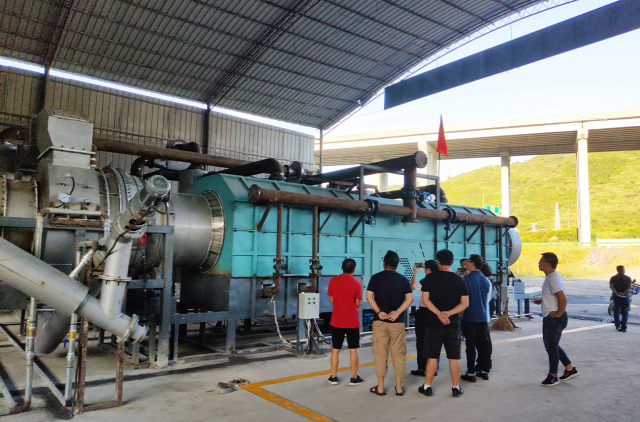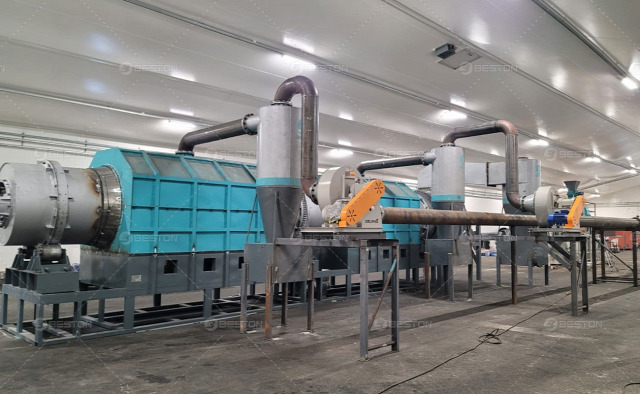Charcoal making is a traditional and fascinating process that has been practiced for centuries. It involves the transformation of wood into charcoal through a controlled burning process. This post will delve into the intricate details of charcoal making, exploring the steps involved, the types of wood used, and the significance of charcoal in various industries. View the charcoal making process.

Introduction to Charcoal Making
Charcoal, a black, porous solid, is obtained by heating wood in the absence of air. The process is known as pyrolysis, where wood undergoes chemical changes due to high temperatures, leading to the expulsion of volatile compounds and leaving behind carbon-rich charcoal. This ancient technique has been employed for cooking, heating, and various industrial applications.
Types of Wood Used
The choice of wood plays a crucial role in the charcoal making process. Different types of wood have varying compositions and properties, affecting the quality and characteristics of the resulting charcoal. Hardwoods, such as oak, hickory, and maple, are commonly preferred for their dense and long-burning properties. Softwoods like pine and spruce, though less dense, are also utilized for charcoal production.
Step-by-Step Charcoal Making Process
Material Selection:
The process begins with the careful selection of wood. The moisture content, density, and type of wood are essential factors influencing the quality of charcoal.
Cutting and Stacking:
The chosen wood is cut into manageable pieces and stacked in a specific manner. Proper stacking facilitates better airflow during the burning process.
Carbonization:
The stacked wood is placed in a kiln or airtight container, and the carbonization process begins. The absence of oxygen prevents complete combustion, leading to the production of charcoal.
Heating and Pyrolysis:
The kiln is heated gradually, and as the temperature rises, wood undergoes pyrolysis. Volatile compounds like water, methane, and tar are driven off, leaving behind carbonized wood.
Cooling:
Once the pyrolysis is complete, the charcoal is allowed to cool inside the kiln. Careful cooling prevents spontaneous combustion and ensures the production of high-quality charcoal.
Sorting and Packaging:
The charcoal is then sorted based on size and quality. It is packaged and prepared for distribution to various markets.
Environmental Impact of Charcoal Making
While charcoal production is an age-old technique, it is crucial to consider its environmental implications. The traditional method of open-air burning releases significant amounts of carbon dioxide and other pollutants, contributing to deforestation and air pollution. Sustainable and modern charcoal production methods, such as using efficient kilns and reforestation efforts, aim to mitigate these environmental concerns.
Applications of Charcoal
Cooking and Grilling:
One of the most common uses of charcoal is for cooking and grilling. The high heat produced by charcoal makes it ideal for barbecues and outdoor cooking.
Industrial Processes:
Charcoal finds applications in various industrial processes, such as metallurgy and chemical production. It is used as a reducing agent in metal smelting and as a source of carbon in chemical reactions.
Art and Activated Charcoal:
Activated charcoal, a specially processed form of charcoal with increased porosity, is widely used in water purification, air filtration, and medical applications. Artists also use charcoal for drawing due to its rich black color.
 Traditional Practices:
Traditional Practices:
In many cultures, charcoal has been traditionally used for medicinal purposes. Its absorbent properties make it effective for treating certain types of poisoning.
Challenges and Innovations in Charcoal Making
Despite its long history, charcoal making faces challenges related to deforestation, air pollution, and unsustainable practices. However, ongoing research and innovations aim to address these issues. Improved kiln designs, sustainable forestry practices, and the use of alternative feedstocks are some of the innovations contributing to a more sustainable charcoal industry.
Conclusion
Charcoal making is a time-honored process that has been integral to human civilization for centuries. From cooking and industrial applications to art and medicine, charcoal continues to play diverse roles in our lives. As we navigate the challenges of environmental sustainability, it is essential to adopt responsible practices in charcoal production. Whether for a backyard barbecue or industrial processes, understanding the art and science of charcoal making adds a layer of appreciation for this versatile and ancient material.

